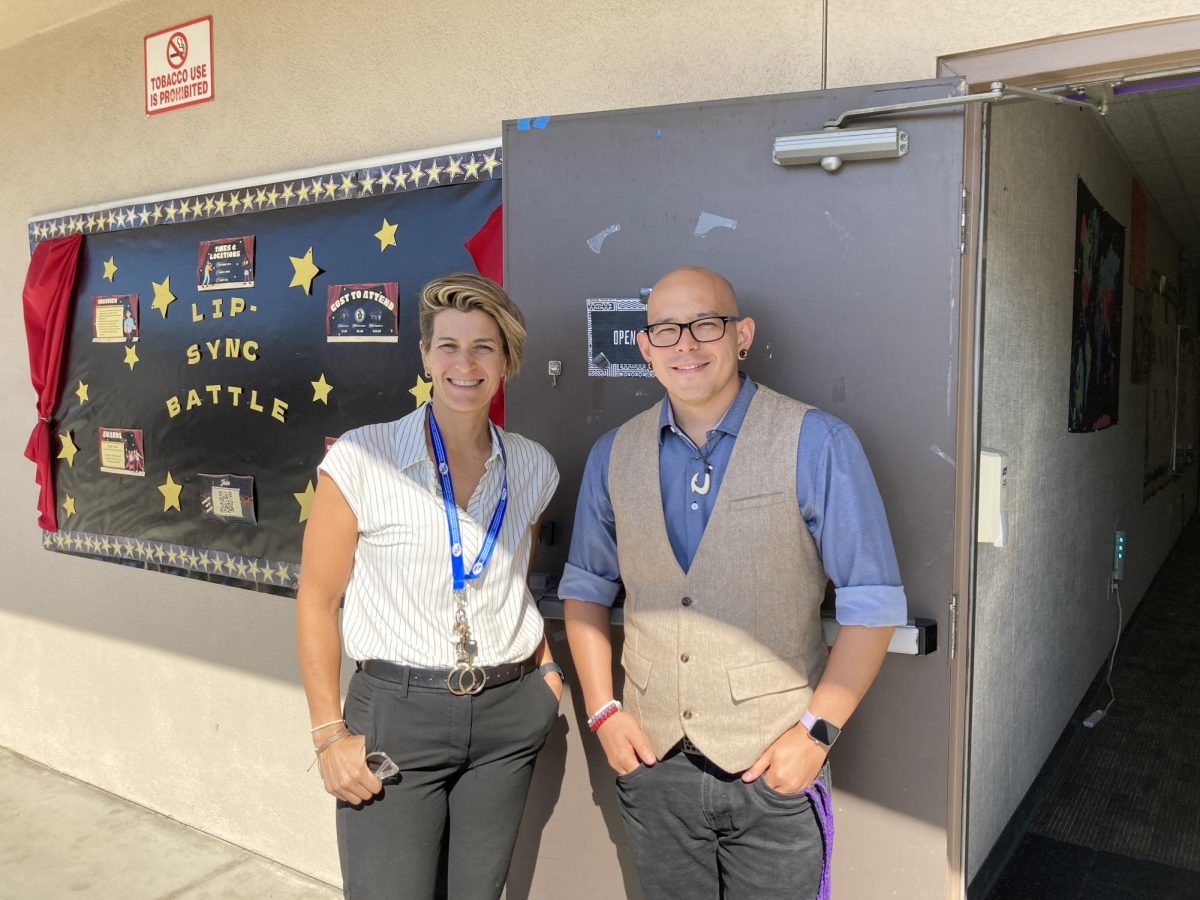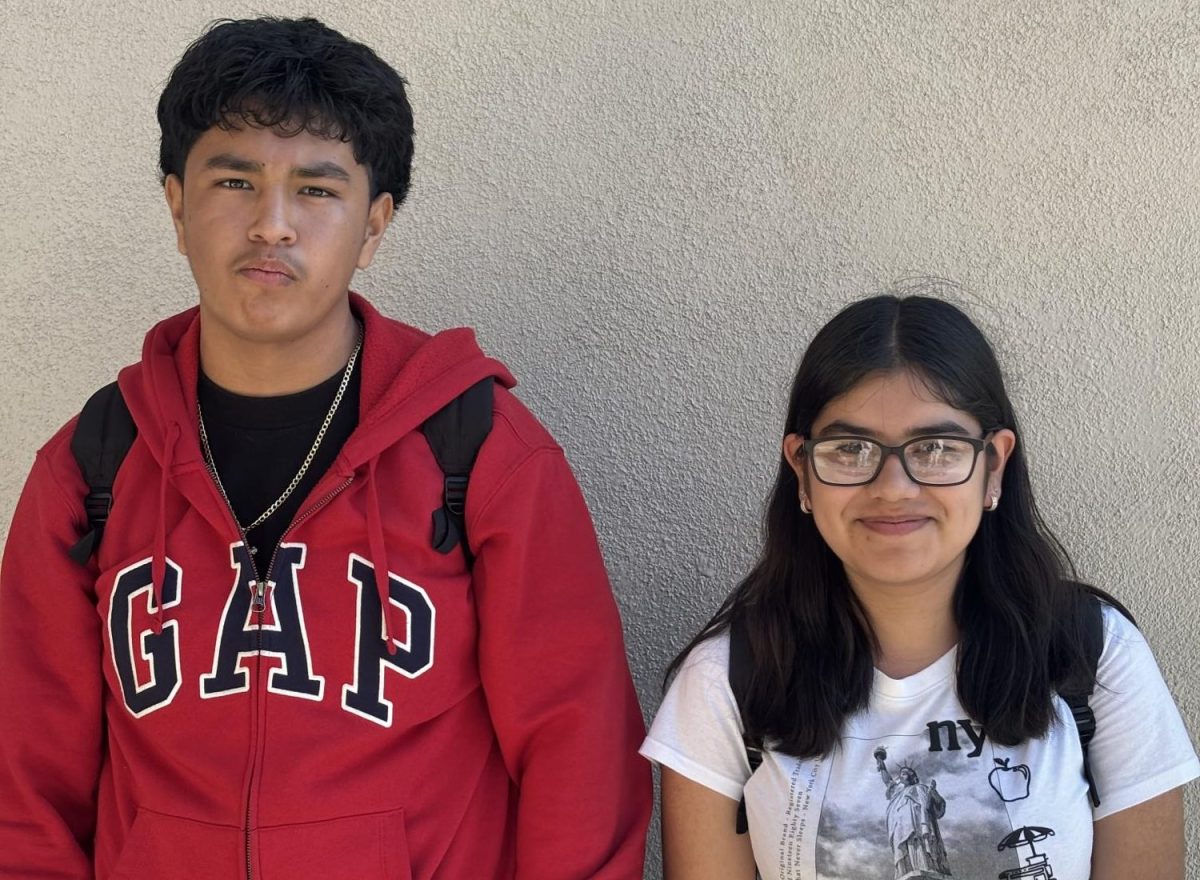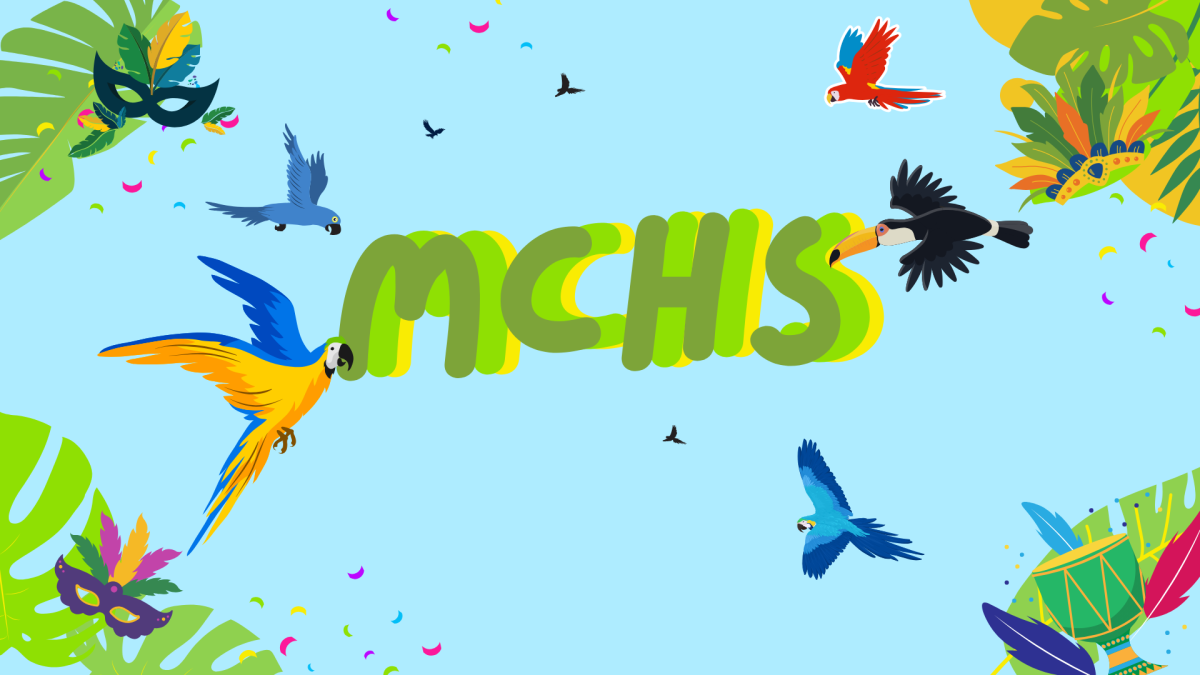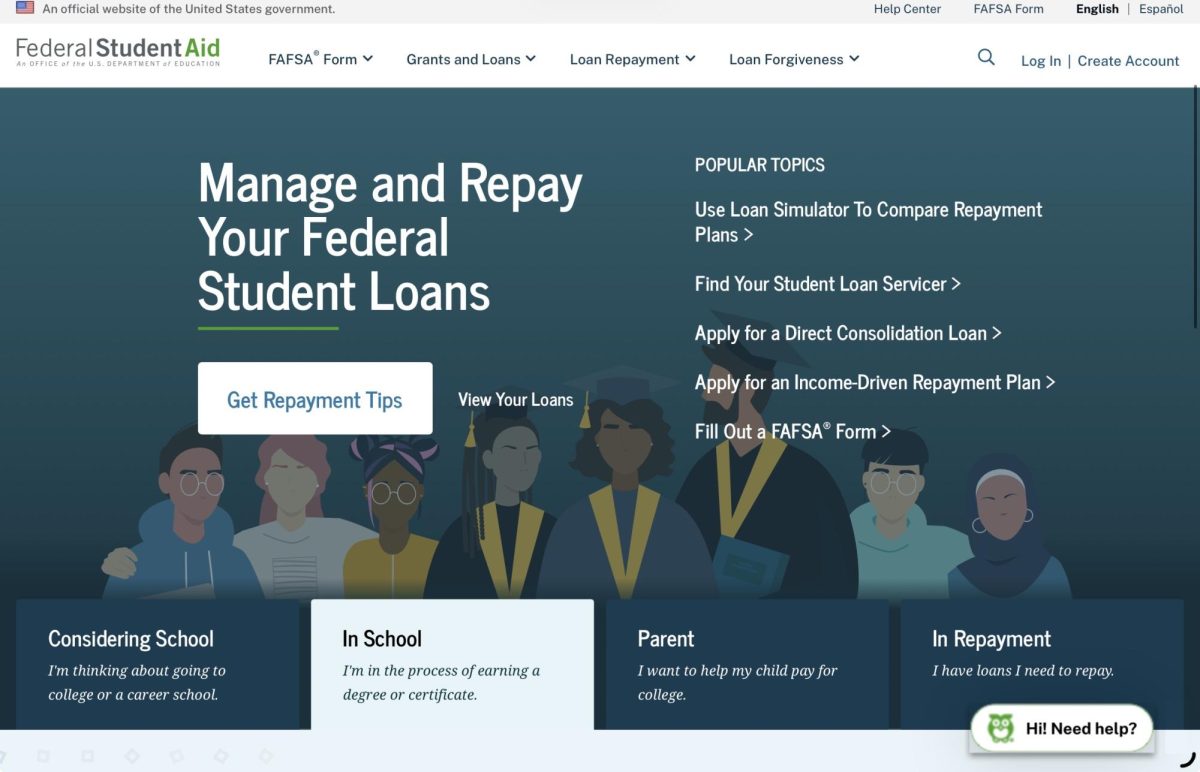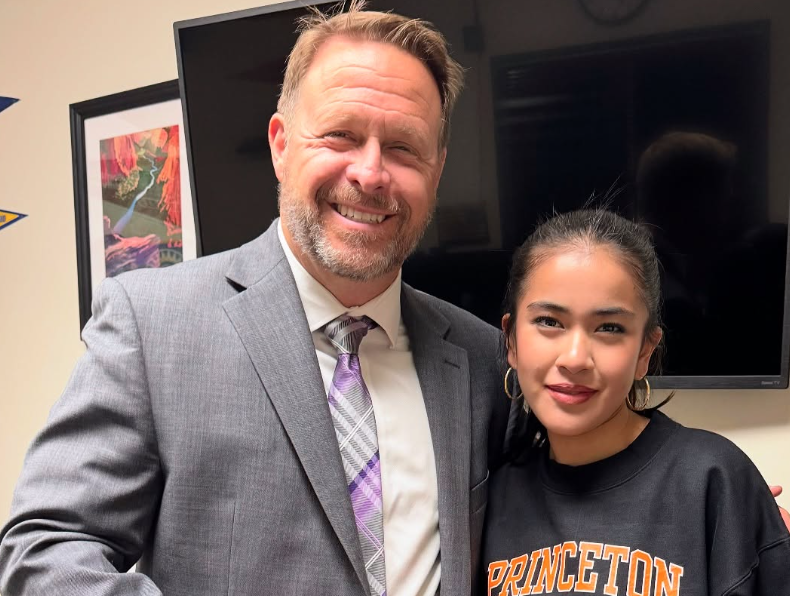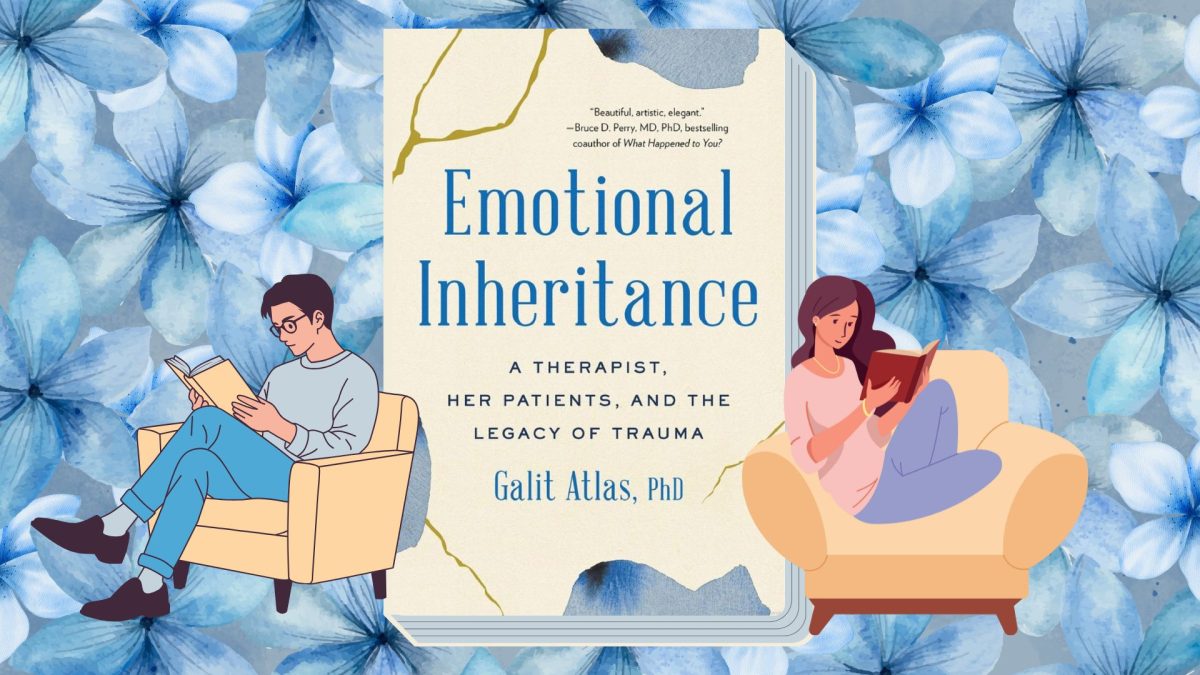As seniors in the Class of 2026 begin to finalize their college plans, proposed student federal aid budget cuts threaten to reduce financial aid for thousands of students, leaving them worried about how they’ll afford the cost of higher education. What will this mean for their college aspirations?
In May 2025 the Trump administration proposed its Fiscal Year 2026 budget. In this proposal President Trump presents significant cuts to essential student aid programs. If approved, these cuts could leave students and their families facing financial uncertainty regarding the future of their academics.
The One Big Beautiful Bill Act, signed into law July 4, 2025 is set to bring significant changes starting July 1, 2026, particularly in federal funding for education. A notable change is the reduction in the Department of Education, with an overall request for a new discretionary budget of $66.7 billion– $12 billion less compared to FY 25. These reductions, or this “skinny budget” could limit federal aid opportunities.
Senior Jared Fierro-Perez gives his opinion on these budget cuts.
“My opinion on all of these budget cuts is that it will affect a lot of students who rely on federal student aid. I don’t agree or disagree. I do lean more on disagreeing because it would affect a lot of students’ education, and those students could all be the brilliant minds that help the country. But I wouldn’t say fully because I am uneducated on the matter and need details so I can make a decision,” said Fierro-Perez.
Specific changes in this bill could impact the college planning process for incoming undergraduate college students. These include adjustments to Pell Grant eligibility, Parent PLUS loan caps and the Lifetime Federal Loan Cap. For example, Pell would not be awarded if scholarships cover full cost of attendance. Parents are now limited to $20,000 per year, with a lifetime cap of $65,000 per undergraduate student. While students are capped at $275,000 in lifetime federal loans.
Ruth Olivos, counselor at Santa Ana College sheds light on the impact of students who plan to apply to college.
“If budget cuts happen some students may feel discouraged from applying to college because of the cost while other students may need to take on more student loans, which can create financial stress in the future. My best advice is to stay well informed, apply early for maximum financial assistance, and also explore scholarships as well as other state programs to maximize your financial support,” Olivos said.
All these scholarships and programs make a significant difference in the lives of future higher education students. For example, students who may plan to pursue an education higher than a bachelor’s degree may start to worry about how they will apply for more degrees. However, this bill has some positive impacts. The Pell Grant program will receive $10 billion in mandatory funding for low-income students. Additionally, FAFSA Asset Exemptions undergrads from families with small business or farms are now more likely to qualify for more grants and affordable aid.
Olivos shares her opinion on these budget cuts.
“Federal aid is designed to give all students, especially those from low-income or first generation backgrounds, a fair opportunity to go to college. Reducing these necessary funds only makes higher education harder to access,” Olivos said.
As the One Big Beautiful Bill Act approaches implementation, it is crucial for students and parents to stay informed. Understanding how these changes can positively and heavily impact financial aid, it is important that students stay proactive in the decisions they make for their educational future. By planning ahead, they can better navigate the challenges and opportunities that lie ahead.

